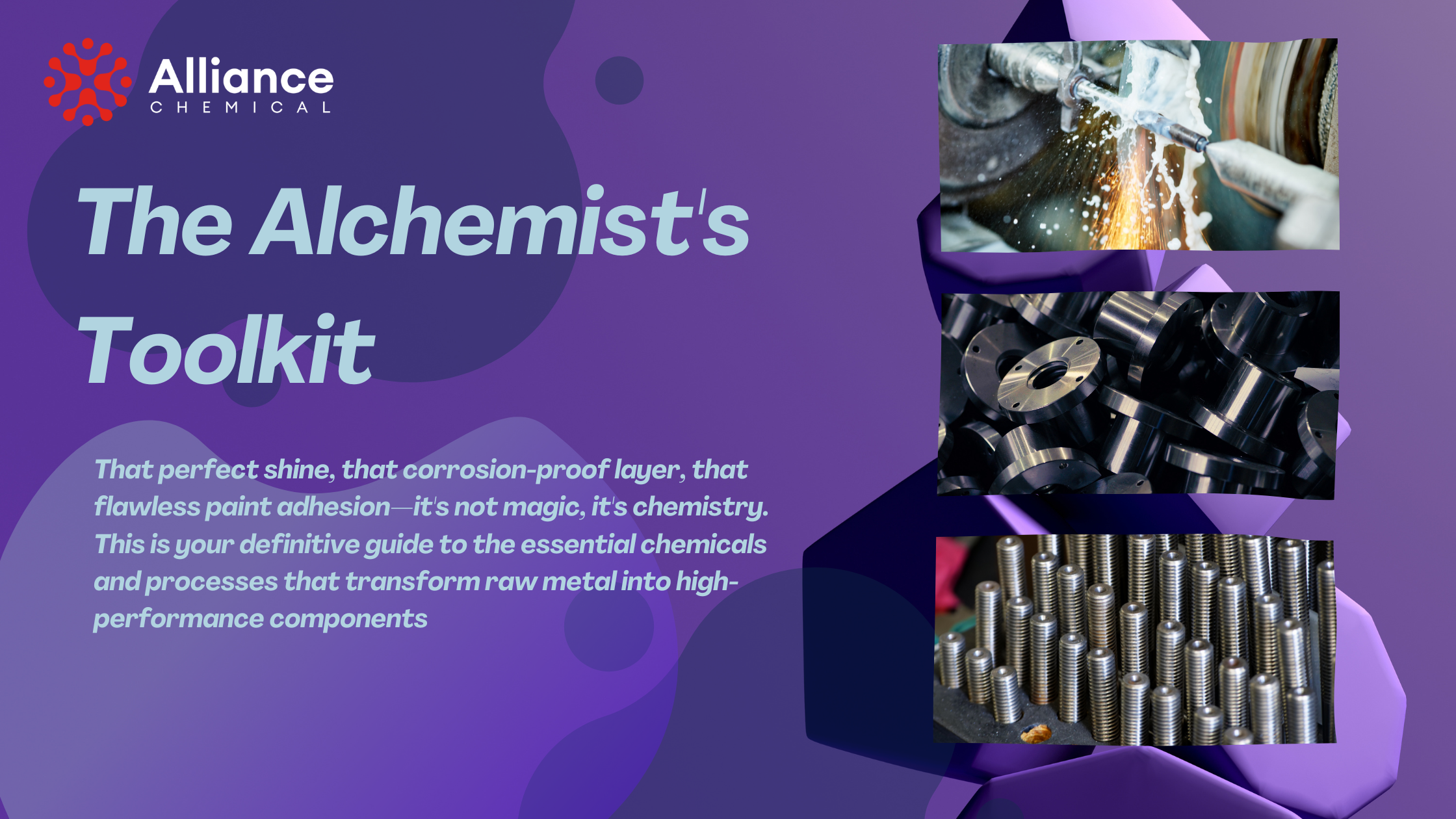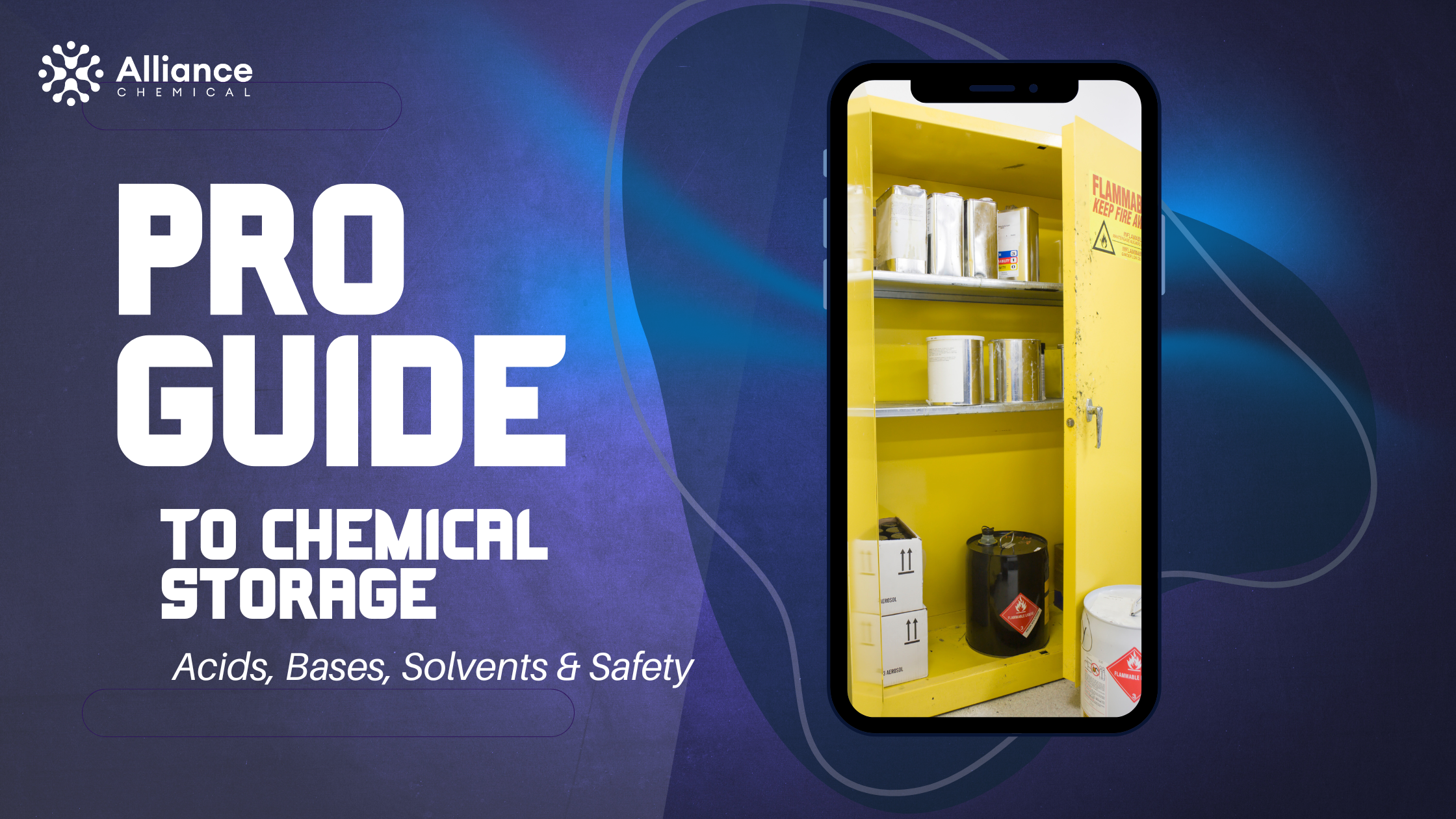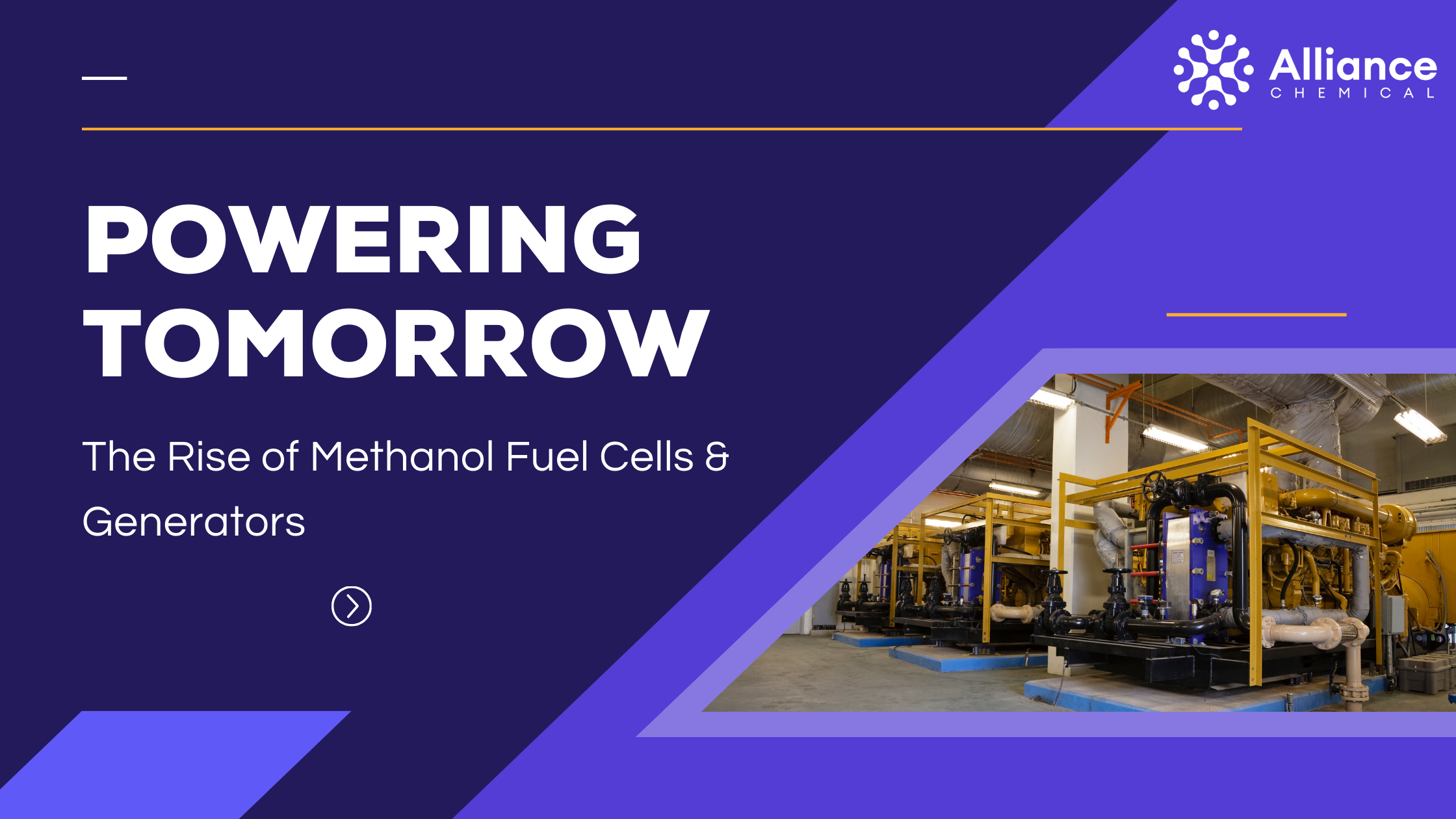
Methanol Fuel Cells and Generators: Powering the Future with Alliance Chemical's High-Quality Methanol Products
Table of Contents
Summary
The global energy sector is at a critical inflection point, accelerating its transition away from traditional fossil fuels toward cleaner, more sustainable alternatives. In this evolving landscape, Methanol (CH₃OH) is emerging as a uniquely powerful and versatile energy carrier. Methanol-powered fuel cells and generators represent a pivotal technology, offering a potent combination of high energy density, low emissions, and logistical simplicity. This definitive technical guide explores the science, applications, and critical fuel requirements of this transformative technology, providing the expert knowledge needed to navigate the future of clean, reliable power.
The Science of Methanol Energy Conversion
Methanol's potential as a fuel is unlocked through advanced electrochemical and reforming processes. There are two primary pathways for converting its chemical energy into electricity.
1. Direct Methanol Fuel Cells (DMFCs)
DMFCs are a type of proton-exchange membrane (PEM) fuel cell that directly utilizes a liquid methanol-water mixture as fuel. The process is a model of electrochemical efficiency:
- Anode Reaction: At the anode, a catalyst (typically platinum-ruthenium) facilitates the oxidation of methanol and water. This reaction splits the molecules, releasing CO₂, protons (H⁺), and electrons (e⁻).
- Electron Flow: The freed electrons cannot pass through the polymer membrane and are forced to travel through an external circuit, creating a usable electric current.
- Cathode Reaction: The protons pass through the membrane to the cathode, where they react with oxygen from the air and the returning electrons to form water, the primary byproduct.
This direct conversion is elegant and allows for very compact power unit designs, ideal for portable and low-power applications.
2. Reformed Methanol Fuel Cells (RMFCs)
For higher power applications, a more common approach is the Reformed Methanol Fuel Cell. This system uses a two-step process:
- Steam Reforming: A mixture of methanol and water vapor is passed through a heated reactor containing a catalyst. This reforming process converts the methanol into hydrogen-rich "reformate" gas.
- Hydrogen Fuel Cell: This hydrogen gas is then fed into a standard hydrogen PEM fuel cell to generate electricity with high efficiency.
While this adds a layer of complexity, it allows for the use of more efficient and mature hydrogen fuel cell technology, making it ideal for stationary power generators and larger-scale applications.
The Critical Role of Fuel Purity: Why Grade Matters
The performance and longevity of any fuel cell are critically dependent on the purity of the fuel. The sophisticated catalysts at the heart of these systems are extremely sensitive to contaminants.
Impurities commonly found in lower-grade methanol, such as sulfur compounds, chlorides, or organic contaminants, can cause catalyst poisoning. This is a process where the contaminant permanently bonds to the catalyst's active sites, blocking them from participating in the electrochemical reaction. The result is a rapid and irreversible decline in performance and eventual failure of the fuel cell stack, a costly and complex component to replace.
The Professional Standard: ACS Grade Methanol
For research, development, and high-performance fuel cell applications, Methanol ACS Reagent Grade is the mandatory choice. This grade is certified to meet the stringent purity standards of the American Chemical Society, guaranteeing extremely low levels of the very contaminants that poison catalysts. For less sensitive systems or in reformer-based generators, a high-quality Methanol Technical Grade can be effective, but purity should always be a primary consideration.
Similarly, for pre-mixed solutions, using a blend made with high-purity water, such as a 60-40 Methanol Di-Water Solution ACS Grade, prevents mineral ions from tap water from fouling the system.
Key Applications: Powering a Sustainable Future
Critical Backup and Off-Grid Power
Methanol generators are a superior alternative to traditional diesel generators for backup power. They are quieter, produce far fewer harmful emissions (NOx, SOx, particulates), and can run for extended periods with simple refueling. This makes them ideal for:
- Telecommunications towers
- Data centers and critical IT infrastructure
- Hospitals and emergency services
- Remote research stations and off-grid communities
Marine and Transportation
Methanol is gaining significant traction as a clean marine fuel. Large container ships are now being built with engines that can run on "green methanol," drastically cutting emissions in the shipping industry. On a smaller scale, methanol fuel cells provide quiet, emission-free auxiliary power for yachts and recreational vehicles.
Portable Power
The high energy density of liquid methanol makes it a compelling choice for portable power. DMFC-based chargers can power electronic devices, sensors, and lighting for extended periods, far surpassing the capabilities of lithium-ion batteries for long-duration missions.
The Green Methanol Revolution
While most methanol today is produced from natural gas, the future lies in "Green Methanol," which is chemically identical but produced from sustainable sources, making it a carbon-neutral fuel. Key pathways include:
- Biomethanol: Produced through the gasification of biomass, agricultural waste, or municipal solid waste.
- E-Methanol: A cutting-edge process that combines captured carbon dioxide (from industrial flue gas or direct air capture) with "green" hydrogen produced via electrolysis powered by renewable energy like wind or solar. This effectively creates a liquid fuel from air, water, and renewable electricity.
This ability to be produced sustainably is what positions methanol as a cornerstone of the future "hydrogen economy," acting as a safe and easy-to-handle liquid carrier for hydrogen.
MANDATORY Safety Protocols for Handling Methanol
Methanol is a hazardous chemical with significant health and safety risks. It is toxic and highly flammable. It must be handled with extreme care in professional environments.
- High Flammability: Methanol is extremely flammable, and its flame can be nearly invisible in daylight. Eliminate ALL sources of ignition from the work and storage areas.
- Toxicity Hazard: Methanol is toxic if ingested, inhaled, or absorbed through the skin. It can cause blindness and death. A NIOSH-approved respirator with organic vapor (OV) cartridges is mandatory when working in areas where vapors may accumulate.
- Personal Protective Equipment (PPE): In addition to a respirator, always wear chemical-resistant gloves (butyl rubber is excellent) and splash-proof safety goggles with a full-face shield.
- Ventilation: Use Methanol only in a very well-ventilated area, preferably with mechanical exhaust ventilation, to prevent vapor buildup.









